

Focal Length Required (mm): --
Horizontal Angular FOV(°): --
Vertical Angular FOV(°): --
Diagonal Angular FOV(°): --
Object Space Resolution (µm)*: --
Primary Magnification: --

| F=Horizontal Sensor Dimension2tan(AFOV2) |
|
AFOV=2tan−1(FOV2WD)
|
| PMAG=Horizontal Sensor SizeFOV |
| Resolution=Pixel SizePMAG |
| AFOV | Angular Field of View in degrees |
| FOV | Field of View |
| F | Focal Length Required |
| WD | Working Distance in mm |
| PMAG | Primary Magnification |
Determine the focal length required, angular field of view, object space resolution, and primary magnification of a given imaging application based on the sensor size, pixel size, working distance, and field of view in mm. Calculating these values will help you determine the best imaging lens for your application.


Sensor Format: The sensor format drop down menu allows one to quickly choose from common camera sensor formats. Sensor format is a fundamental parameter of an imaging system and can be found in the specifications of any camera on the Edmund Optics website. Keeping all other parameters constant while increasing or decreasing the camera sensor format will increase or decrease your FOV, respectively. It is important to remember that not every imaging lens will be able to cover all sensor sizes. A maximum sensor format is often listed in a lens’s specifications and should be kept in mind when both choosing a lens and a camera.
See AlsoSensor Dimensions: The physical dimensions of the active area of the sensor. This field will automatically update based on the sensor format selected in the drop down menu but can be further customized based on the exact sensor dimensions in your camera.
See AlsoPixel Size: The pixel size by itself does not control the FOV seen by a camera but has a large effect how the image will ultimately look. The size of the individual pixels on a camera sensor, along with the quality of the lens and the primary magnification will determine the smallest detail that can be seen in the image. Pixel size should be listed in a camera’s specifications and typically runs between 2 – 10um per pixel. Putting this value into the calculator will return an object space resolution based on the pixel size and the calculated Primary Magnification (PMAG).
See AlsoWorking Distance (WD): The physical distance between front of the imaging lens and the object being imaged. The lens focal length and sensor size create a constant angular field of view and the working distance creates a physical field of view. Fixed focal length imaging lenses have a range of working distances they are specified to work over. Oftentimes imaging lenses will have a minimum working distance (or sometimes called a minimum object distance) and can focus at this distance or any distance longer. Spacer rings can be added to decrease the minimum working distance in fixed focal length lenses at the expense of light collection and resolution. Since most lenses come in discreet focal lengths and the field of view is often a fixed requirement, having flexibility in working distance can be beneficial.
See AlsoField of View (FOV): The viewable area of the object under inspection. This is the portion of the object that fills the camera’s sensor. Only the horizontal field of view needs to be entered as the vertical and diagonal will be calculated automatically based on the aspect ratio of the sensor size previously entered.
See AlsoFocal Length Required: This will calculate the focal length needed to observe the user entered FOV at the user working distance. This is primarily intended to be used for fixed focal length lenses. A Fixed Focal Length Lens, also known as a prime lens, is a lens with a fixed Angular Field of View (AFOV). Increasing or decreasing the working distance will change the physical field of view but the angular one will always remain fixed (if the sensor size remains constant). If the calculated focal length seems much longer than the imaging lenses available, you may need to consider a fixed magnification or zoom lens. These lenses will often be able to achieve higher magnifications than fixed focal length lenses but are fixed working distance and have a longer length.
See AlsoAngular FOV (H/V/D (°)): The necessary full angular field of view will be calculated and displayed here in degrees. Imaging lenses of the same focal length will sometimes have slightly different angular field of view specs so double check to make sure the lens chosen will be able to capture the FOV you need.
See AlsoPMAG: The primary magnification, which is the ratio of the sensor size to the physical field of view, will be displayed here. Also sometimes called the optical magnification, which is different from other common magnifications such as visual (often given for loupes and magnifying lenses) and system magnification (which takes the viewing screen or monitor size into account and is usually much larger).
See Also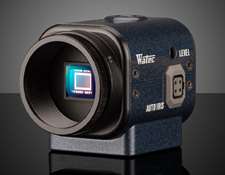
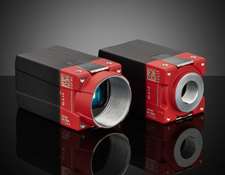
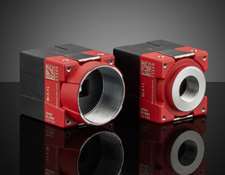
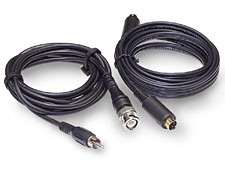

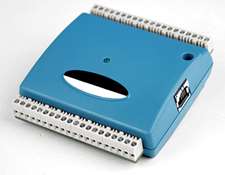




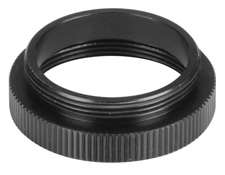


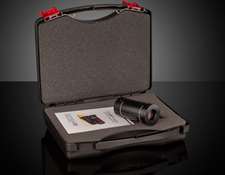
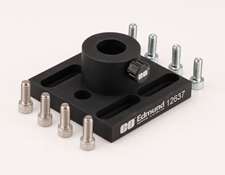
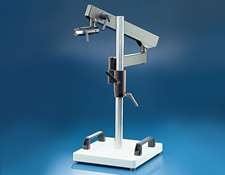

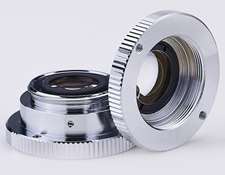
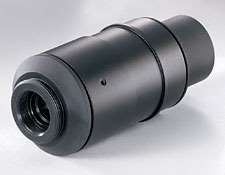
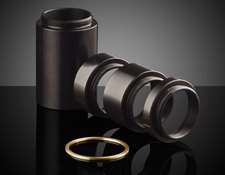

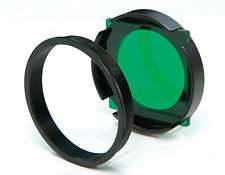


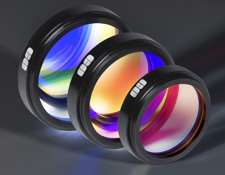

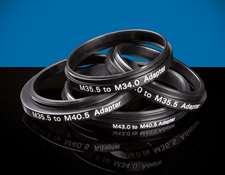




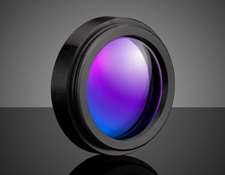
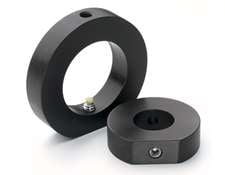
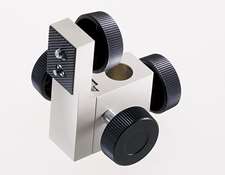
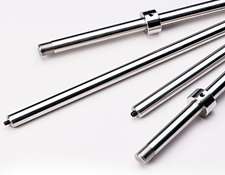
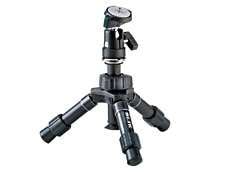


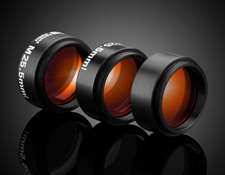

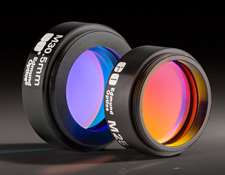




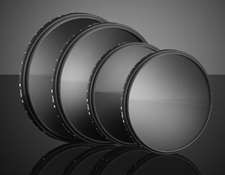
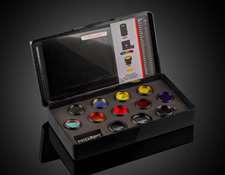
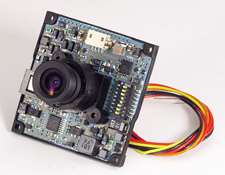
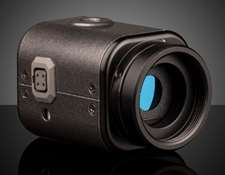
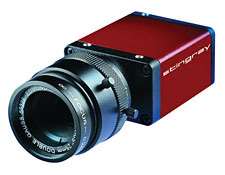

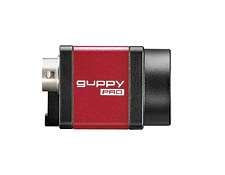
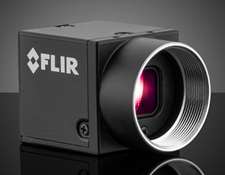
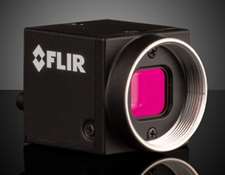
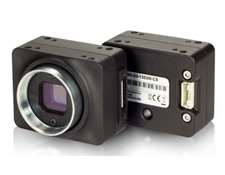
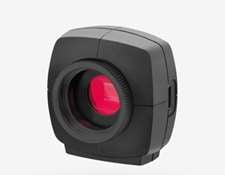
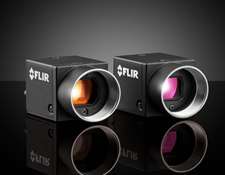
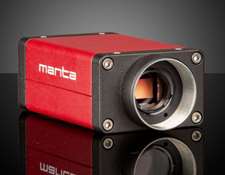
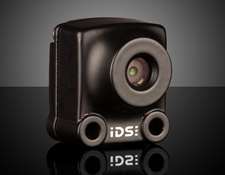
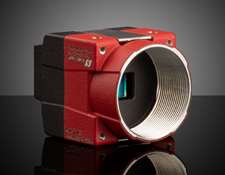
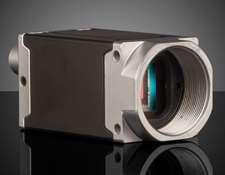
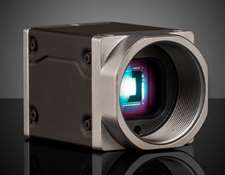
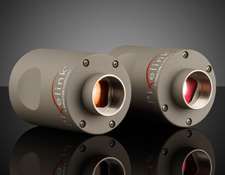

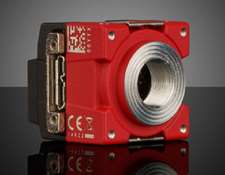
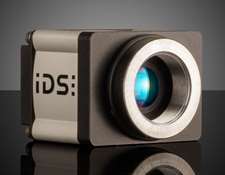
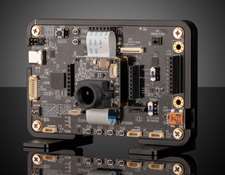
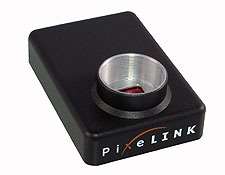

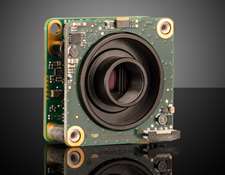
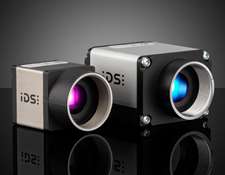
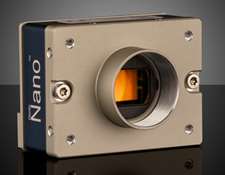
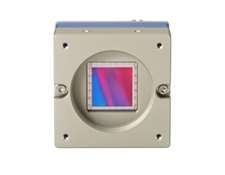
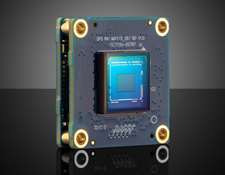

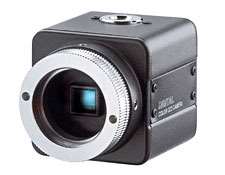

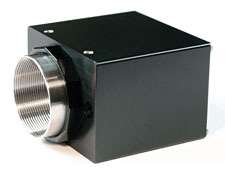
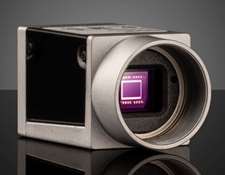
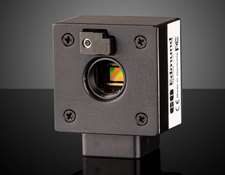
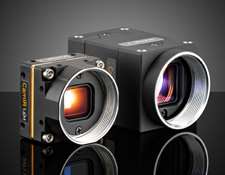
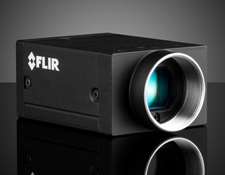
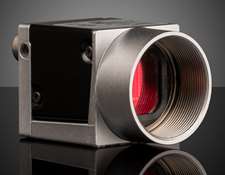
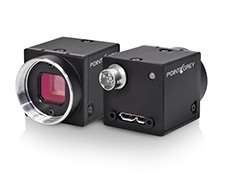
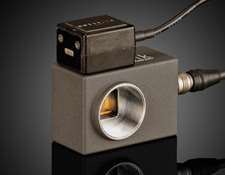
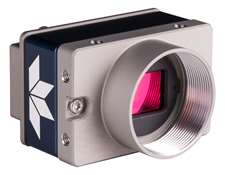
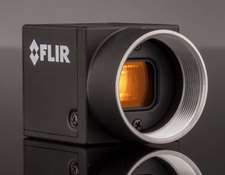

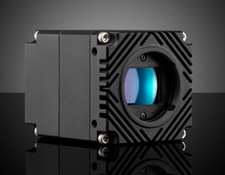
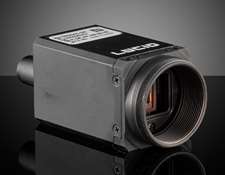

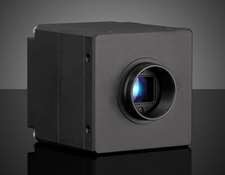
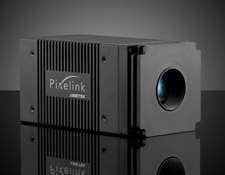

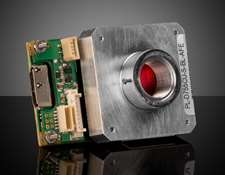
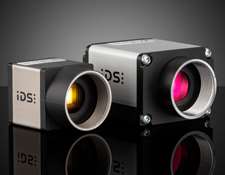
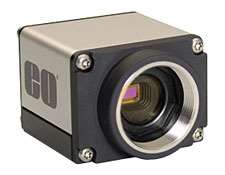
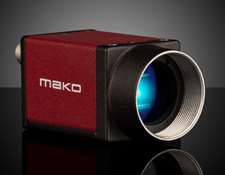

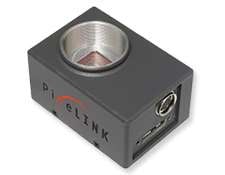
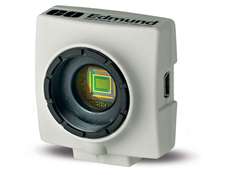
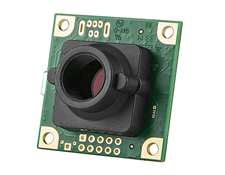
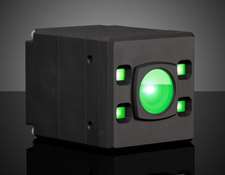
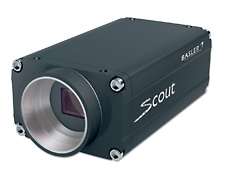
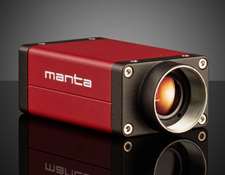
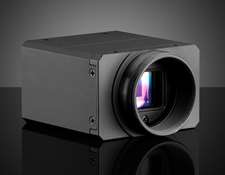
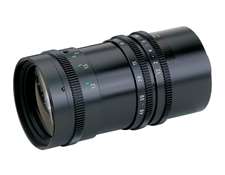
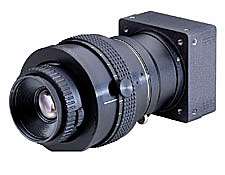
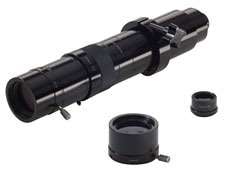


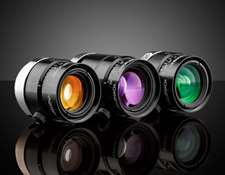
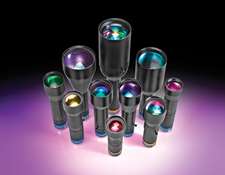

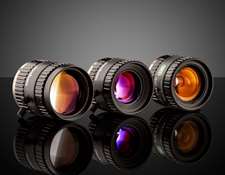
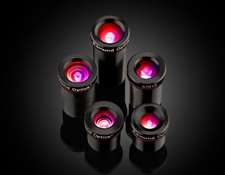

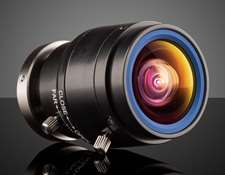

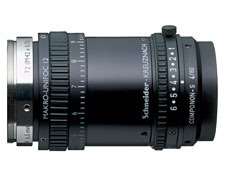
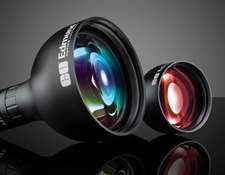

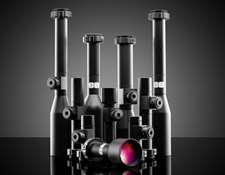

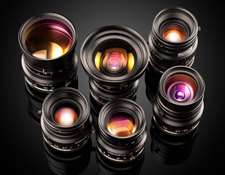
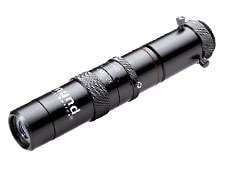
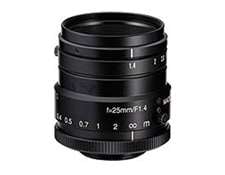
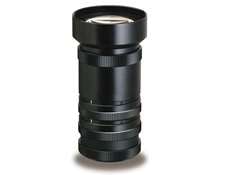
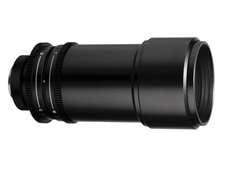
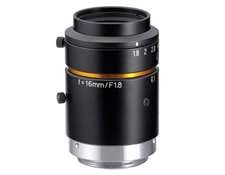
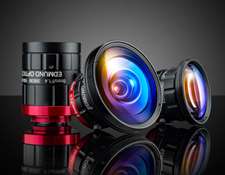

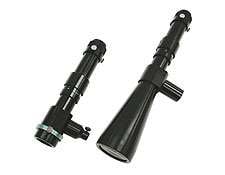
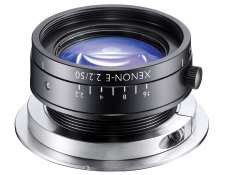
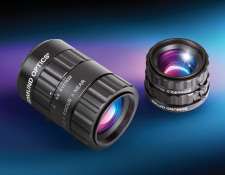

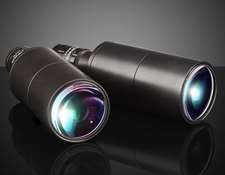





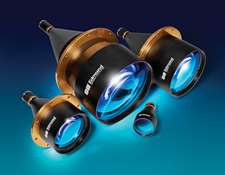

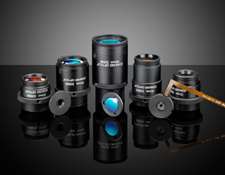

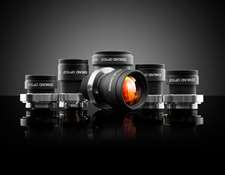



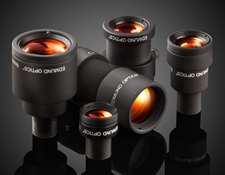



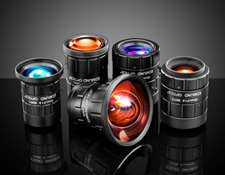

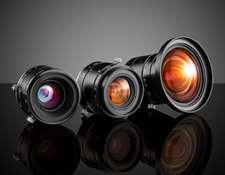
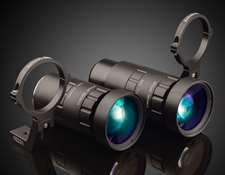

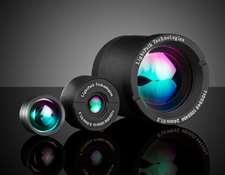
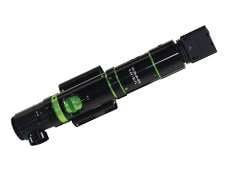
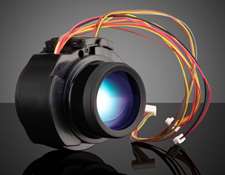

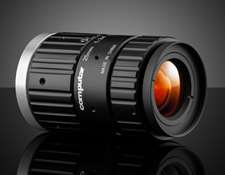
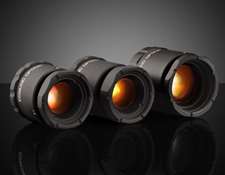

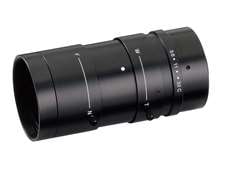
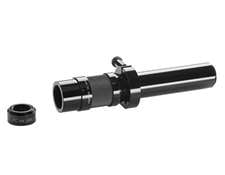


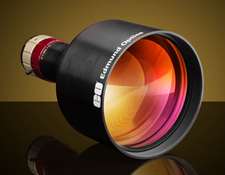

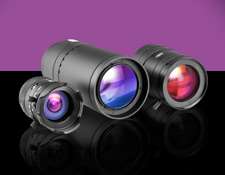
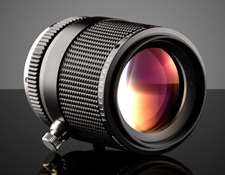
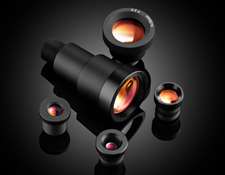
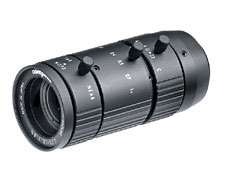
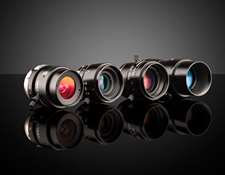
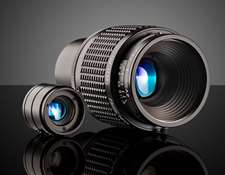
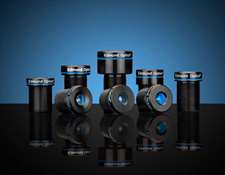

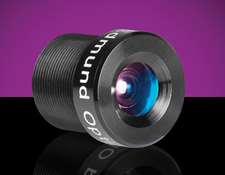

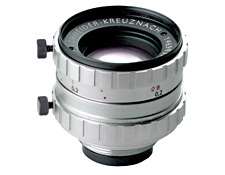
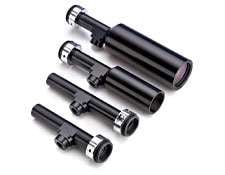
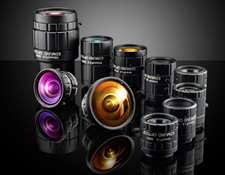

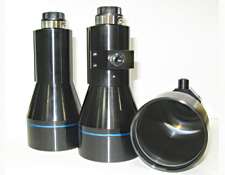

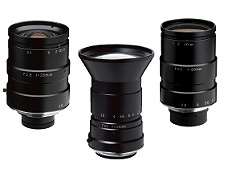
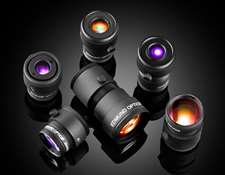



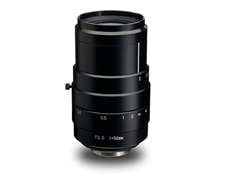
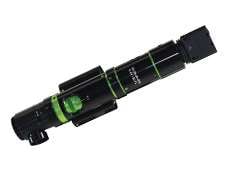
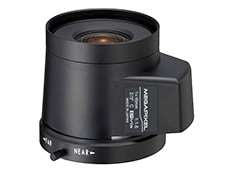
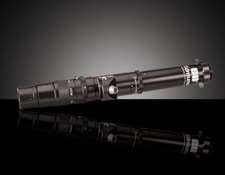
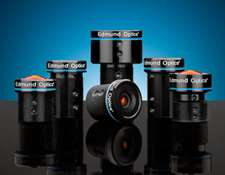

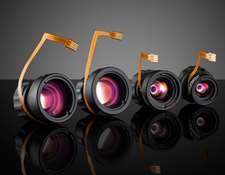



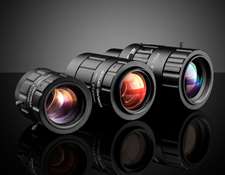

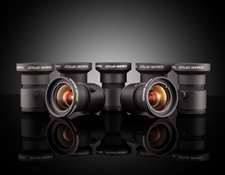

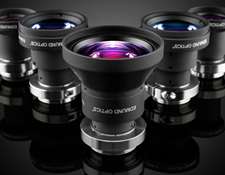

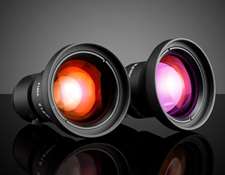

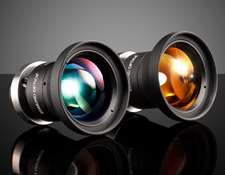

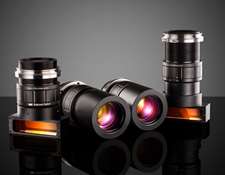

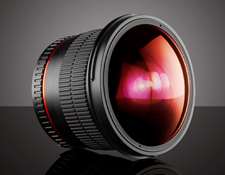

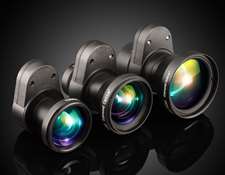

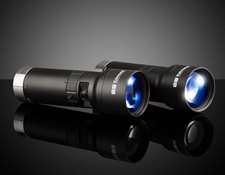

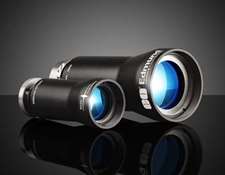

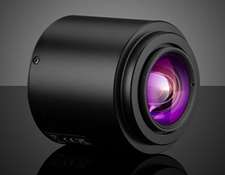
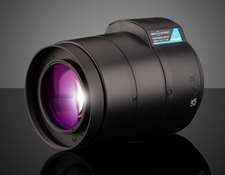
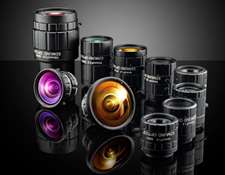

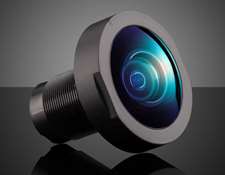
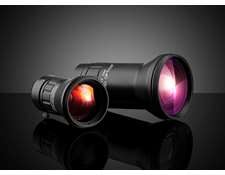

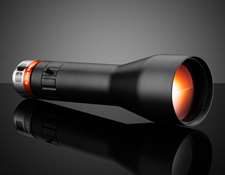

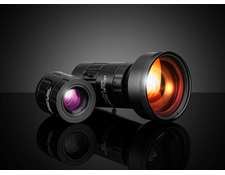

Please select your shipping country to view the most accurate inventory information, and to determine the correct Edmund Optics sales office for your order.

1-800-363-1992
본사 및 지사별 연락처 확인하기
견적 요청 도구
재고 번호 입력 필요
Copyright 2025, 에드몬드옵틱스코리아 사업자 등록번호: 110-81-74657 | 대표이사: 앙텍하우 | 통신판매업 신고번호: 제 2022-서울마포-0965호, 서울특별시 마포구 월드컵북로 21, 7층 (서교동, 풍성빌딩)